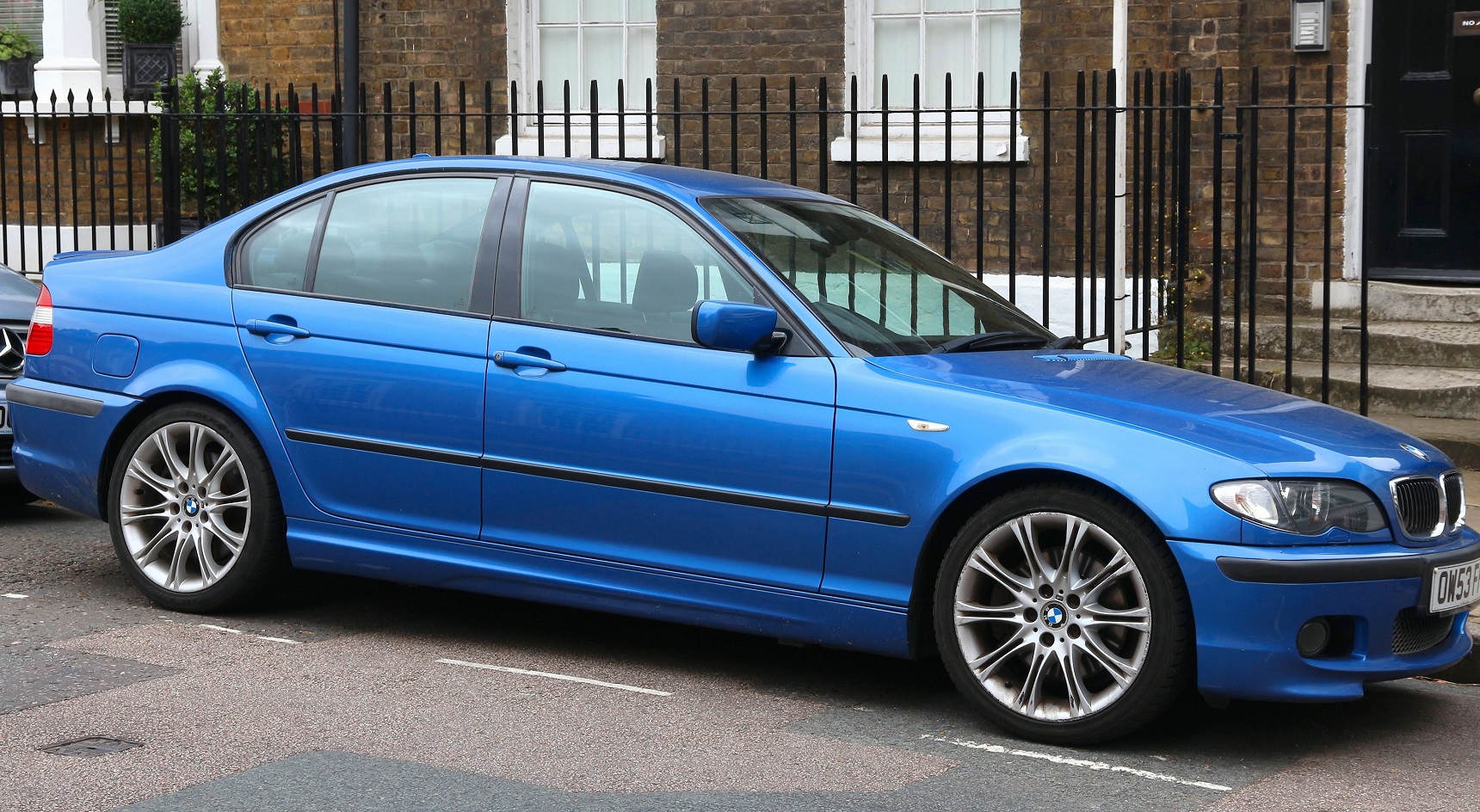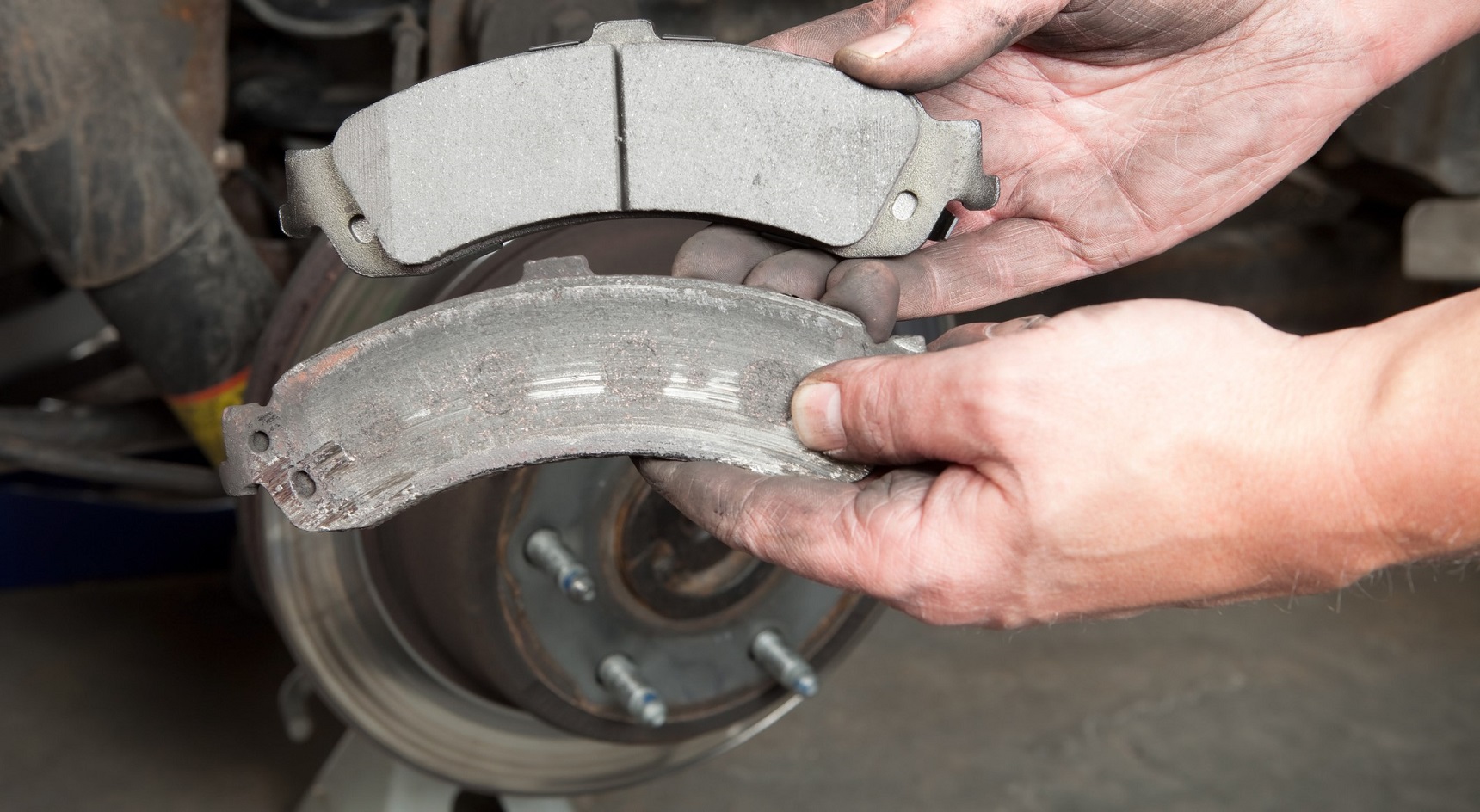Could you be driving a defective car?

BMW Australia’s recent recall of more than 12,000 vehicles is a reminder that on the road, safety should always be a priority.
The Takata saga continues, with faulty airbags discovered in a large number of E46 BMW 3 Series models.
The find has resulted in a further 12,000 vehicles Australia-wide – BMWs built between November 1997 and June 2000 – being placed on the recall list.
Alarmingly, more than 24,000 SA-registered vehicles from the previous Takata recall still haven’t had their airbags fixed, with warnings upgraded to critical for 556 vehicles.

But a faulty airbag isn’t the only hazard your car may be concealing.
In South Australia, the majority of privately owned vehicles don’t need to be inspected to be legally driven. This, however, doesn’t mean you can get away with driving a bomb.
Why are cars defected?
Ultimately, cars are defected to ensure your own safety and that of other road users.
A car is deemed unroadworthy, and defectable, when it no longer conforms to the Road Traffic Act and the Australian Design Rules. This could be caused by a number of issues, from major mechanical faults to illegal modifications, general wear and lack of maintenance.
Who can defect my car?
Both the police and Department of Planning, Transport and Infrastructure inspectors can defect your car. If it’s deemed unroadworthy, and ultimately unsafe, you’ll be issued a defect notice outlining what needs to be fixed.
After repairing your car, you’ll need to contact a nominated police station or the DPTI to arrange a full inspection. When all issues have been officially cleared, your defect notice will be removed, and it’ll be motoring as usual.
The initial inspection fee for a defected light vehicle (car, trailer or motorbike) is $173. Subsequent inspections will set you back $86.

Can I drive a defected car?
Whether or not your car can be driven after being defected depends on a range of factors. Cars with major defects, for example, will need to be towed, while some cars with minor defects can be driven, but only for a specific amount of time.
The period of time a defected car can be driven for will be outlined on its defect notice.
Ignore the rules, and you could be up for a fine of $626, 3 demerit points and a $60 Victims of Crime Levy. There were 559 offences recorded in 2018/19, with fines totalling $294,141.
Defacing, altering, obscuring or removing your defect notice could land you a fine of $438 plus a $60 Victims of Crime Levy. There were 155 offences recorded in 2018/19, with fines totalling $61,767.
What could I be defected for?
1. Wheels and tyres
One of the most common causes for defect is bald tyres. In addition, wheel studs must be in good condition with none broken or missing. This applies to trailers as well.
Your rims can’t be cracked and their offset and width mustn’t exceed SA guidelines.
Minimum tread depth is required across the entire width of your tyres.
2. Brakes
To ensure your safety and the safety of other road users, it’s essential your car’s braking system is fully functioning. All components (hoses, pads, calipers, discs) must be at an acceptable standard for road use.


